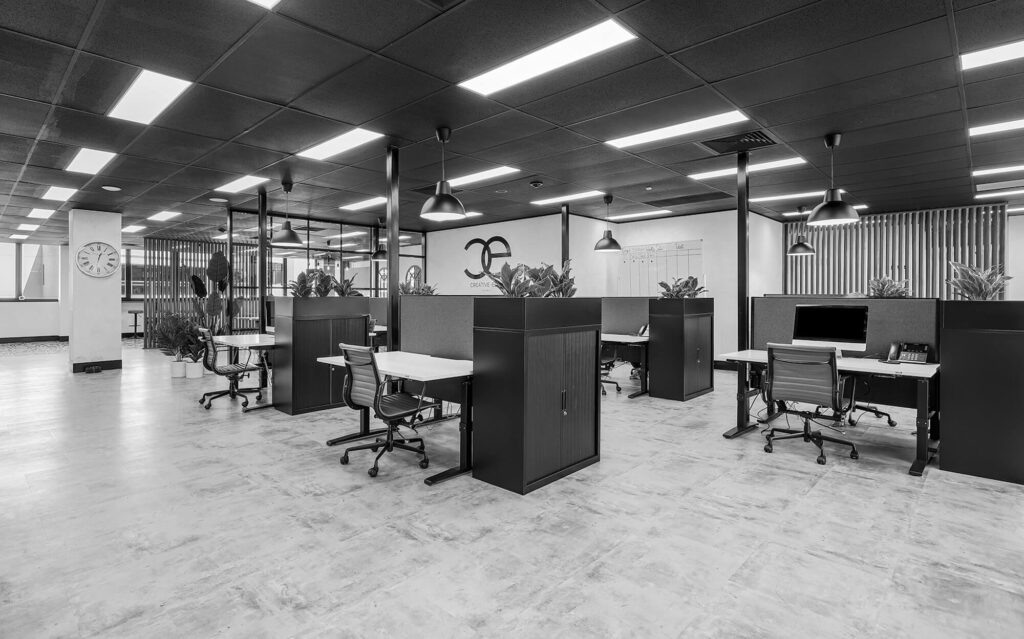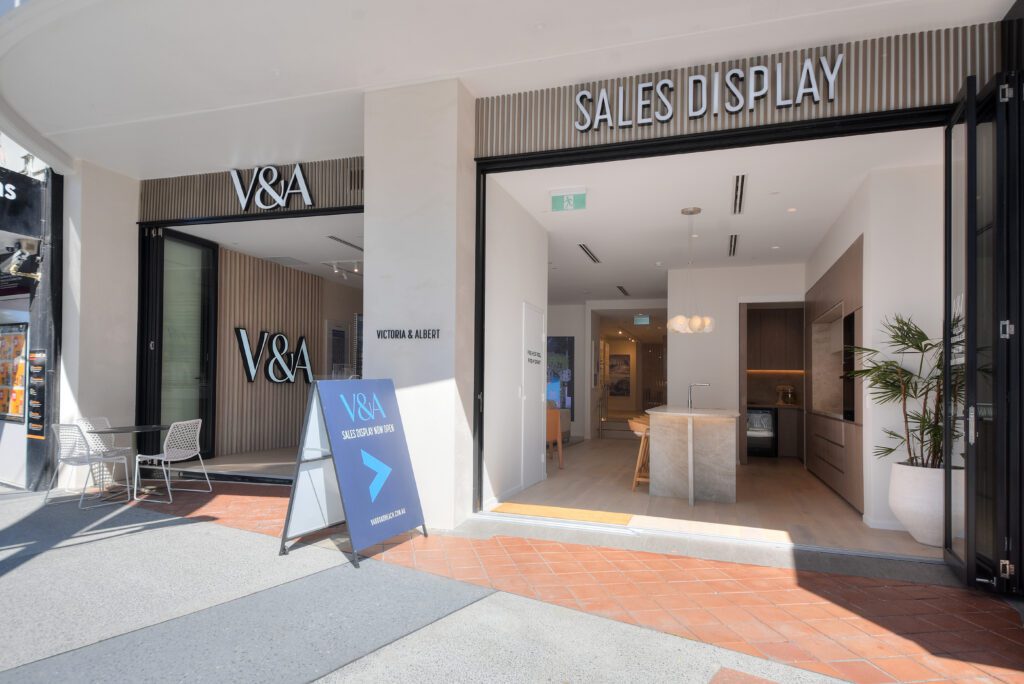The commercial construction industry is evolving rapidly, with 2025 set to introduce significant changes driven by sustainability, technology, and modern design principles. As businesses and developers seek efficient, cost-effective, and environmentally responsible solutions, the industry is adopting new approaches to building design, materials, and project management.
This guide explores the key trends, challenges, and expectations for new commercial building construction in 2025, helping businesses, investors, and project managers stay ahead of industry developments.
1. Sustainability and Green Building Practices
Sustainability remains a top priority in commercial construction, with 2025 expected to bring an increased focus on environmentally responsible building solutions.
- Net-Zero and Carbon-Neutral Buildings: Developers are integrating renewable energy solutions, energy-efficient materials, and sustainable building practices to reduce carbon footprints.
- Eco-Friendly Materials: The use of recycled steel, bamboo, sustainable timber, and low-carbon concrete is becoming standard practice.
- Energy Efficiency Standards: Buildings must comply with increasingly strict environmental regulations, including energy-efficient HVAC systems, LED lighting, and smart power management.
- Water Conservation: Greywater recycling systems, low-flow fixtures, and rainwater harvesting contribute to resource conservation.
2. Smart Buildings and Technology Integration
Commercial buildings in 2025 will incorporate advanced technology to improve efficiency, security, and user experience.
- Building Automation Systems (BAS): Automated systems will control lighting, HVAC, and security to optimise energy use and enhance building operations.
- IoT and Smart Sensors: Real-time data collection will enable predictive maintenance, improved energy management, and optimised space utilisation.
- AI and Machine Learning: AI-driven analytics will streamline building management, forecasting maintenance needs, and reducing operational costs.
- Touchless and Voice-Controlled Interfaces: Enhanced hygiene and convenience will be supported by touch-free access control, automatic doors, and smart voice-activated systems.
3. Modular and Prefabricated Construction
Modular construction is gaining momentum as businesses seek faster and more cost-effective building solutions.
- Pre-Fabricated Structures: Prefabrication minimises waste, accelerates project timelines, and reduces labour costs.
- Stackable Modular Units: These allow flexibility in office and retail space design, enabling quicker expansions and adjustments.
- Higher Quality Control: Factory-produced components ensure consistency and reduce on-site errors.
4. Flexible and Adaptable Commercial Spaces
With the rise of hybrid working models and evolving business needs, commercial spaces must be designed for adaptability.
- Multi-Use Spaces: Buildings are incorporating shared workspaces, breakout areas, and multipurpose rooms to accommodate different working styles.
- Adjustable Layouts: Movable walls, modular furniture, and reconfigurable spaces provide businesses with agility to adapt to market changes.
- Health-Conscious Design: Improved ventilation, air filtration, and biophilic elements promote wellness in commercial environments.
5. Enhanced Construction Safety and Compliance
New construction projects in 2025 must comply with stringent safety regulations and adopt advanced safety solutions.
- AI-Powered Safety Monitoring: Cameras and AI analytics identify hazards and ensure compliance with health and safety standards.
- Wearable Technology for Workers: Smart helmets and exoskeletons enhance worker safety and reduce injury risks.
- Automated Construction Equipment: Robotics and AI-driven machinery improve precision and reduce reliance on manual labour.
6. Rising Construction Costs and Supply Chain Challenges
Despite advancements, commercial construction faces challenges related to rising costs and supply chain disruptions.
- Material Shortages: Developers must seek alternative materials or prefabrication to mitigate delays.
- Labour Shortages: Upskilling workers and adopting automation will be crucial in managing workforce limitations.
- Budget Constraints: Cost-efficient planning, value engineering, and smart procurement strategies will help keep projects on track.
7. The Future of Urban Commercial Developments
Urban commercial buildings in 2025 will focus on sustainability, convenience, and community integration.
- Mixed-Use Developments: Combining office, retail, residential, and leisure spaces in one complex enhances urban planning.
- Transit-Oriented Design: Buildings will be designed to support walkability, cycling infrastructure, and access to public transport.
- Green Roofs and Outdoor Spaces: Integrating greenery into commercial developments promotes environmental sustainability and well-being.
Conclusion
New commercial construction in 2025 will be defined by sustainability, technology integration, modular building techniques, and adaptable spaces. Businesses and developers must stay informed about emerging trends, safety regulations, and innovative solutions to remain competitive in an evolving industry.
Industry 7 is at the forefront of commercial construction trends, providing expert services tailored to modern business needs. Contact us today to discuss how we can bring your next commercial building project to life.


